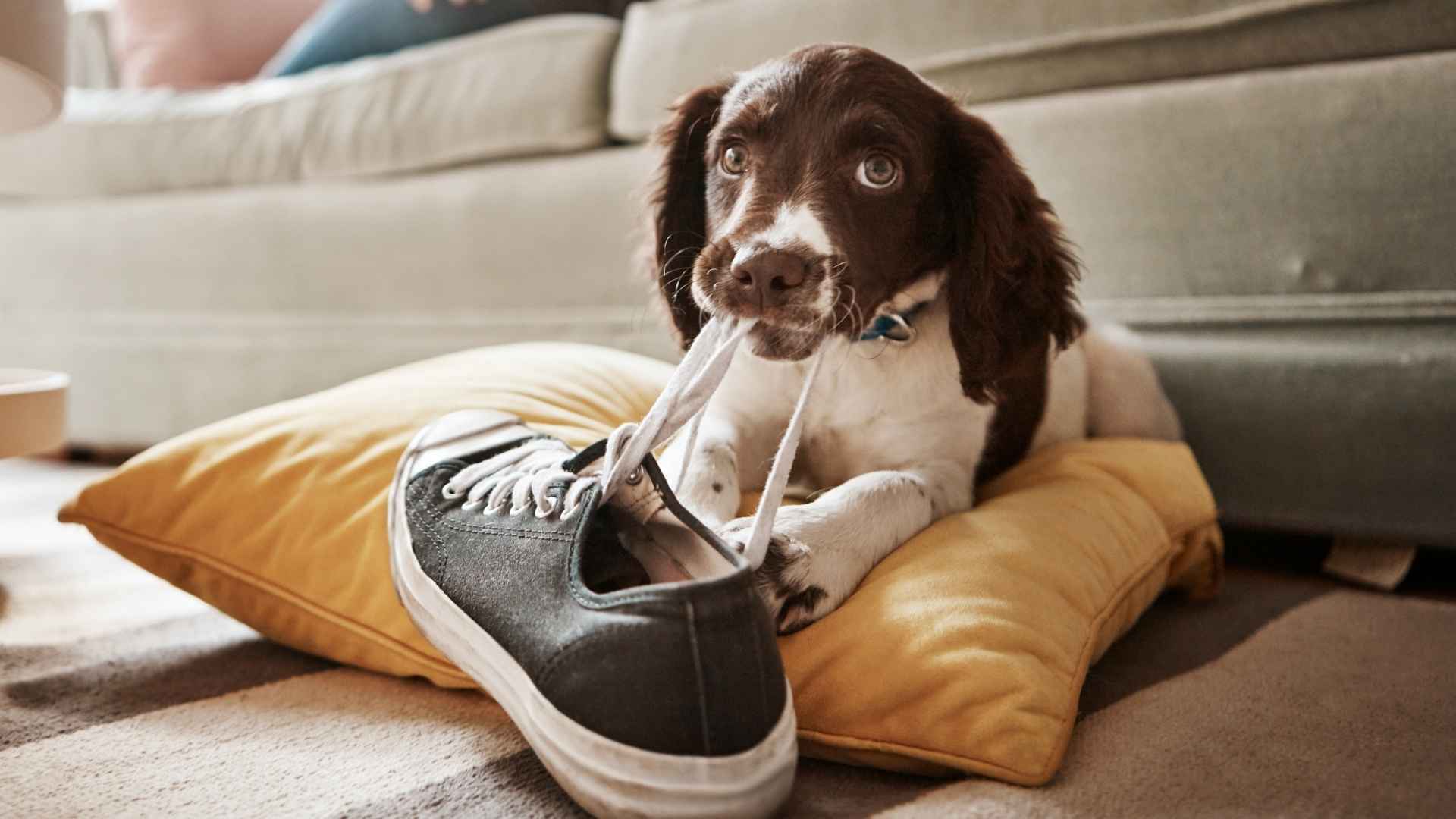Ever stepped into your shoe only to find a half-chewed dog treat tucked neatly inside? It’s not an accident. For some dogs, hiding food is a deeply ingrained instinct. But not all dogs do this.
Some eat their treats immediately, while others stash them like prized possessions. Why the difference? It turns out, certain breeds are more likely to store their snacks, especially in personal places like shoes.
They find comfort in these hiding spots, especially if they smell like their human. It’s part survival, part bonding, and part quirky canine logic. You might laugh or get frustrated, but there’s a reason behind this behavior.
In this article, we look at the dog breeds that are most likely to hide treats in shoes. You’ll find out which ones are the top culprits and learn what drives their sneaky snack habits.
Dog Breeds That Hide Treats In Shoes
1. Havanese
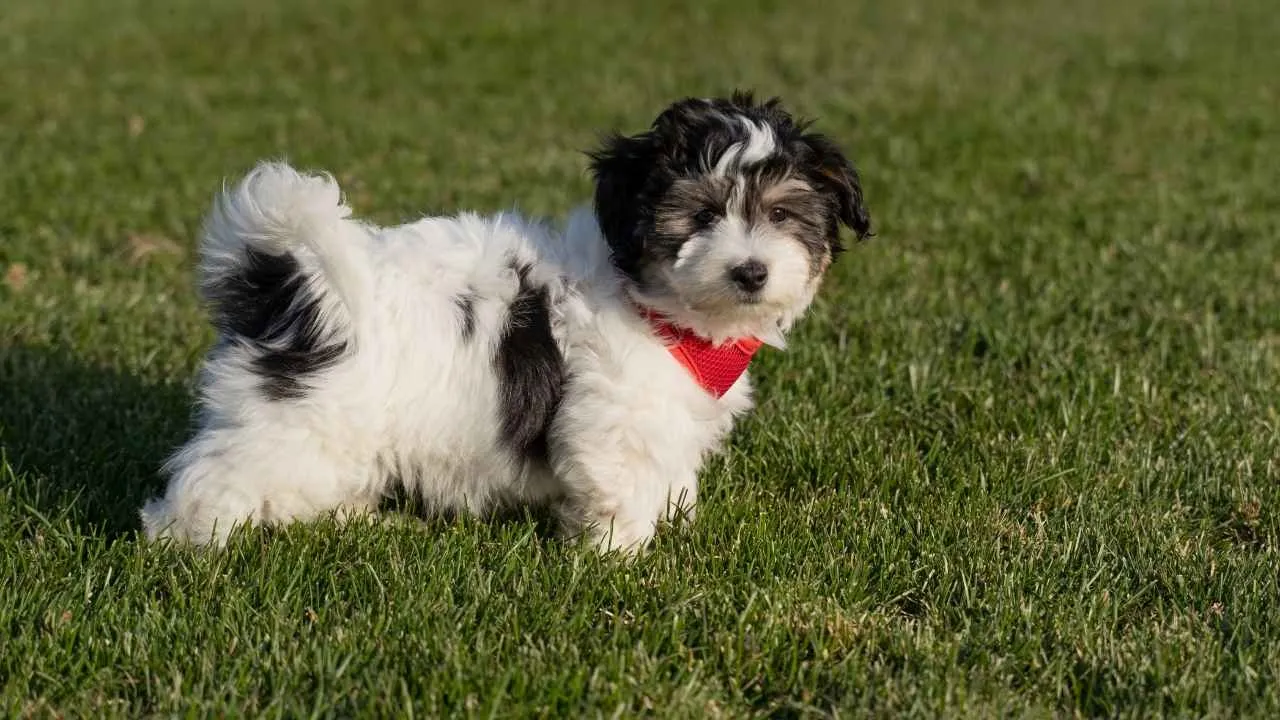
Havanese are known for their curious little missions around the house. They’ll quietly explore corners, baskets, and especially shoes, looking for things to collect or stash. When a treat goes missing, there’s a good chance this furry friend turned it into a secret shoe deposit.
Play-Driven Hide-and-Seek Behavior
According to the AKC, their playful personality naturally leans toward hiding objects, especially during solo time. Treats, soft toys, and even socks often end up under furniture or inside slippers. It’s more than mischief—it’s their way of playing a private game with rules only they understand.
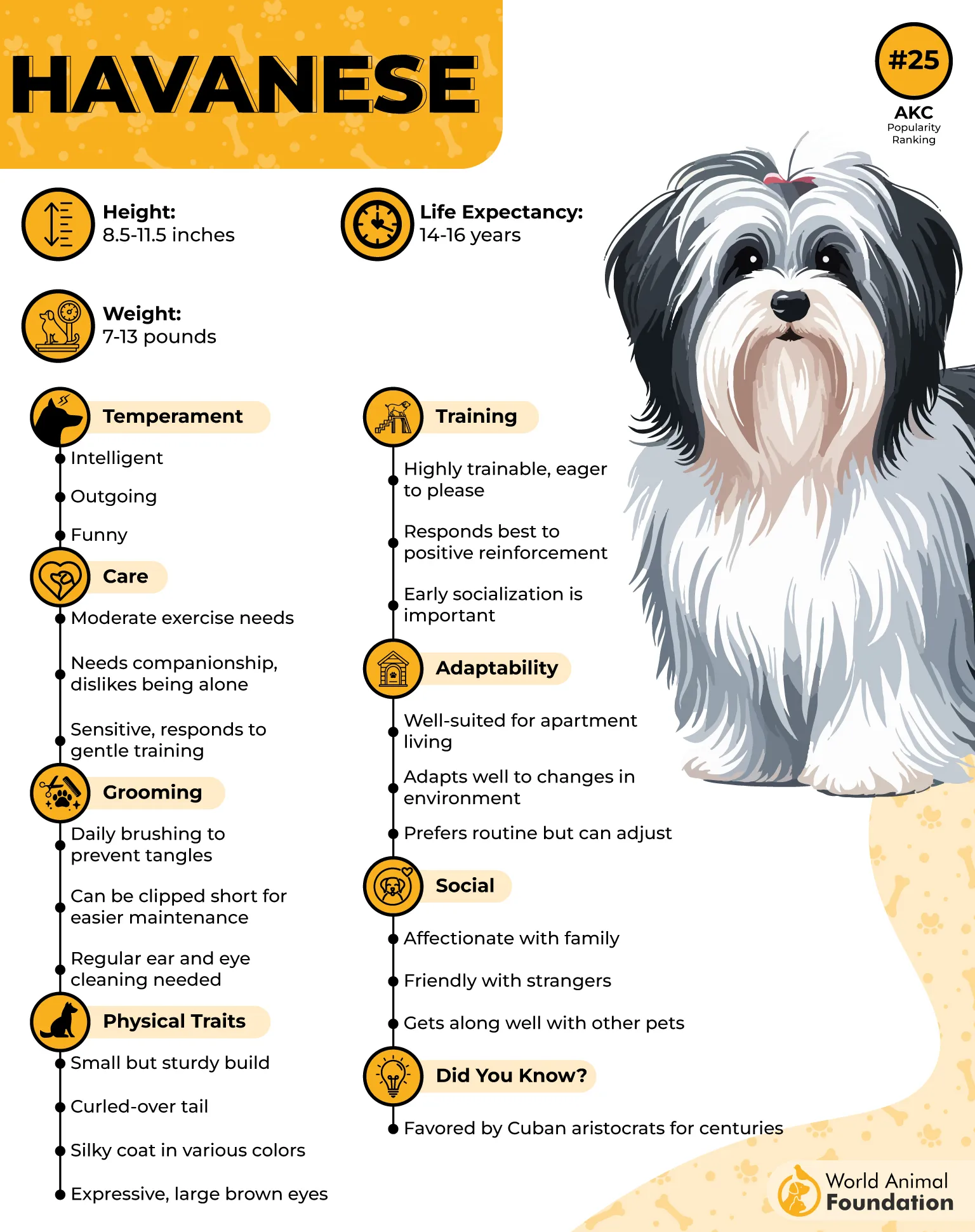
Memory and Shoe Stashing Go Together
With strong object memory, the Havanese can remember exactly where they left their “treasure.” That’s why an old shoe may surprise you with a hidden snack days later. This clever breed doesn’t just hide for fun—they revisit the spot like it’s their storage locker.
Instincts They Develop as a Puppy
This habit often starts when they’re young, turning playtime into caching practice. As a puppy, the Havanese explores spaces to bury or tuck away anything they value. Over time, this becomes a charming yet confusing habit for anyone finding half-chewed toys in footwear.
2. Papillon
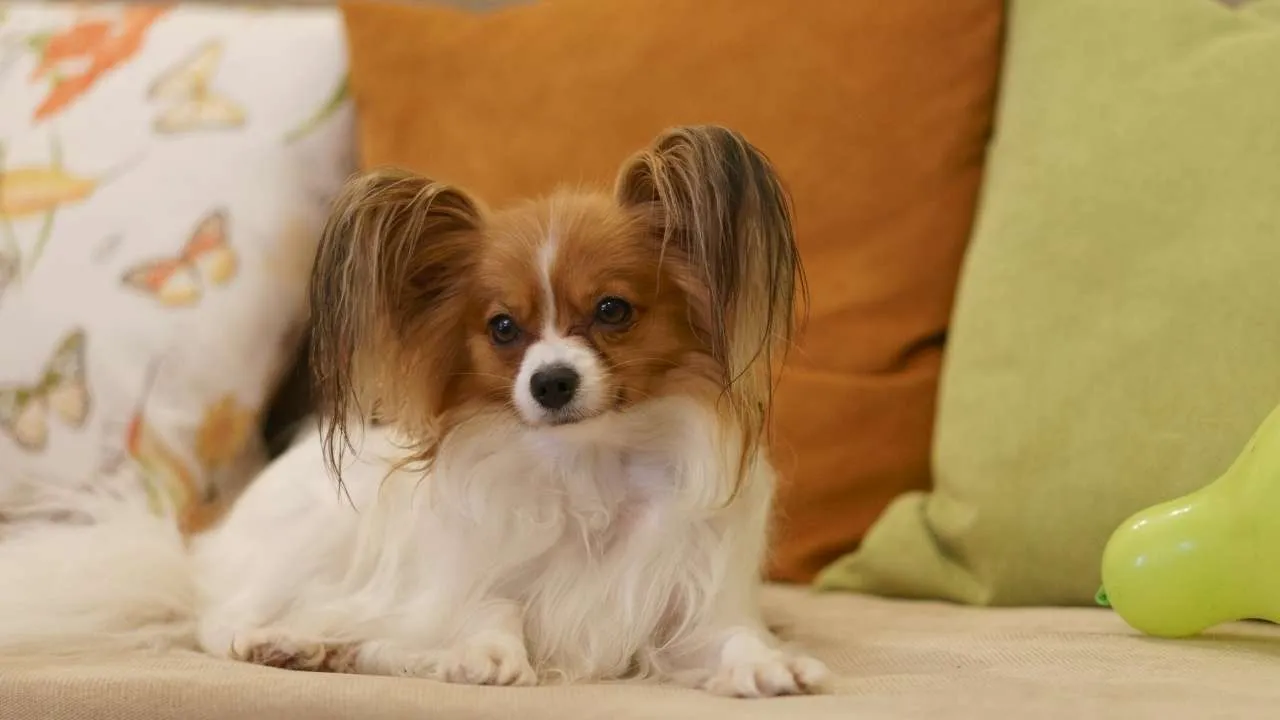
Papillons are quick and agile, which helps them sneak around without drawing attention, as per Britannica. They often explore new hiding spots for small snacks or chewables, especially when the house is quiet. If a shoe smells even remotely like food, they treat it like a mini treasure chest.
Curiosity That Fuels Sneaky Habits
These dogs are alert and intelligent, always on the lookout for interesting places to stash what they like. Hiding food in shoes is part of their curious routine, especially when they think someone might notice. They enjoy moving things around like it’s part of their daily to-do list.
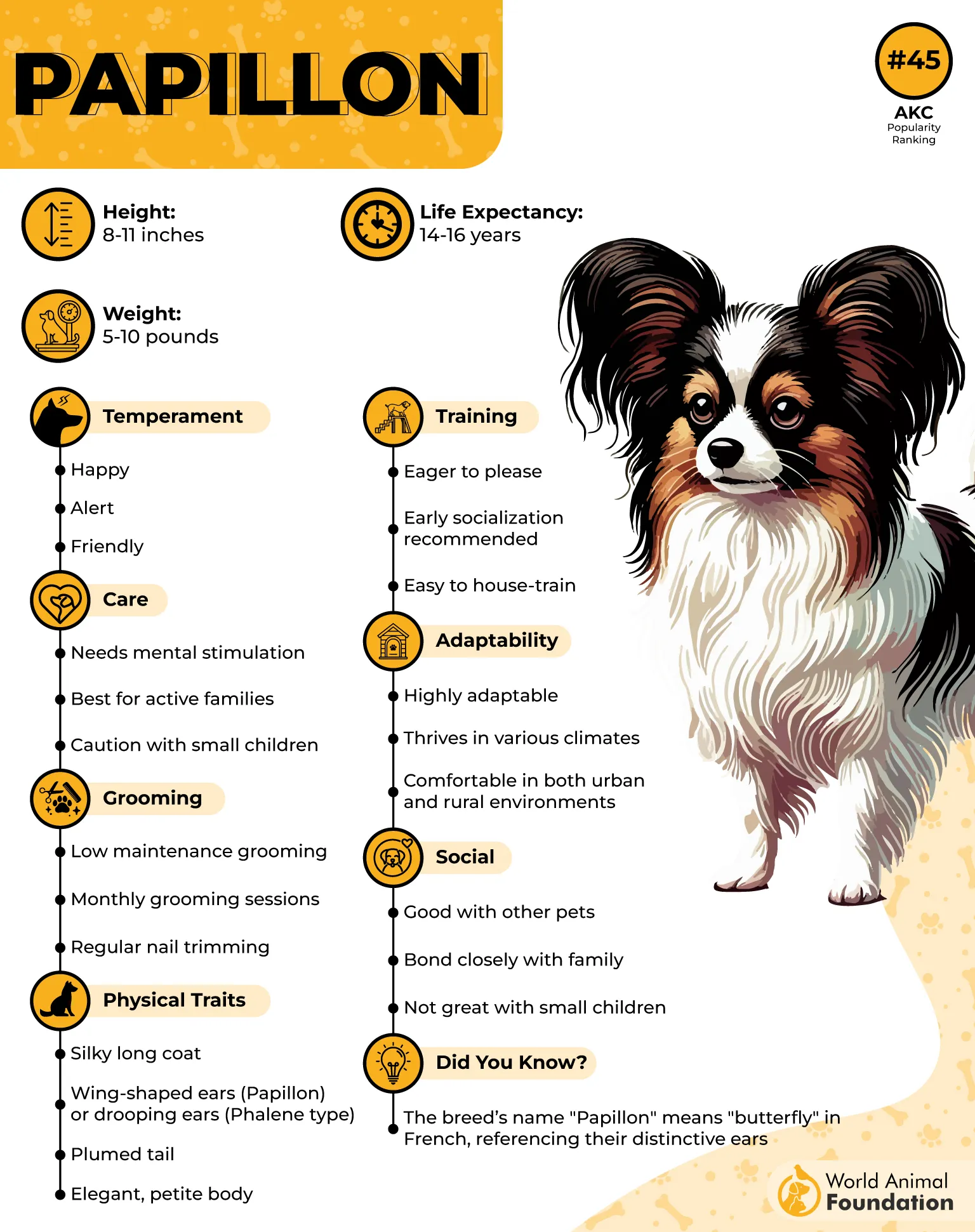
Possessiveness in a Small Package
Despite their size, Papillons often develop strong attachments to things they like. Whether it’s a chew, a crumb, or even a wrapper, they may stash it in shoes or bags when no one’s watching. It’s one of those quirky habits that leaves some pets feeling more organized than their owners.
Learned Behavior from a Young Pup
Papillons pick up patterns quickly, even as a young pup learning through play. If they once hid a treat and found it later, they’ll repeat the process with focus. That learned success turns into routine, and soon, shoes become a favorite storage zone in the house.
3. Jack Russell Terrier

Jack Russell Terriers are quick to turn treats into treasure and stash them where you’d least expect—especially in shoes. Their high energy doesn’t just mean running around the yard; it also fuels constant missions to secure prized snacks in personal hiding zones.
Instincts That Turn Objects into Missions
Originally bred for hunting, their a strong prey drive, as mentioned in PetMD. A dropped treat becomes a chase, and a shoe becomes a reward vault. This natural instinct makes their everyday act of storing food both amusing and impressive.
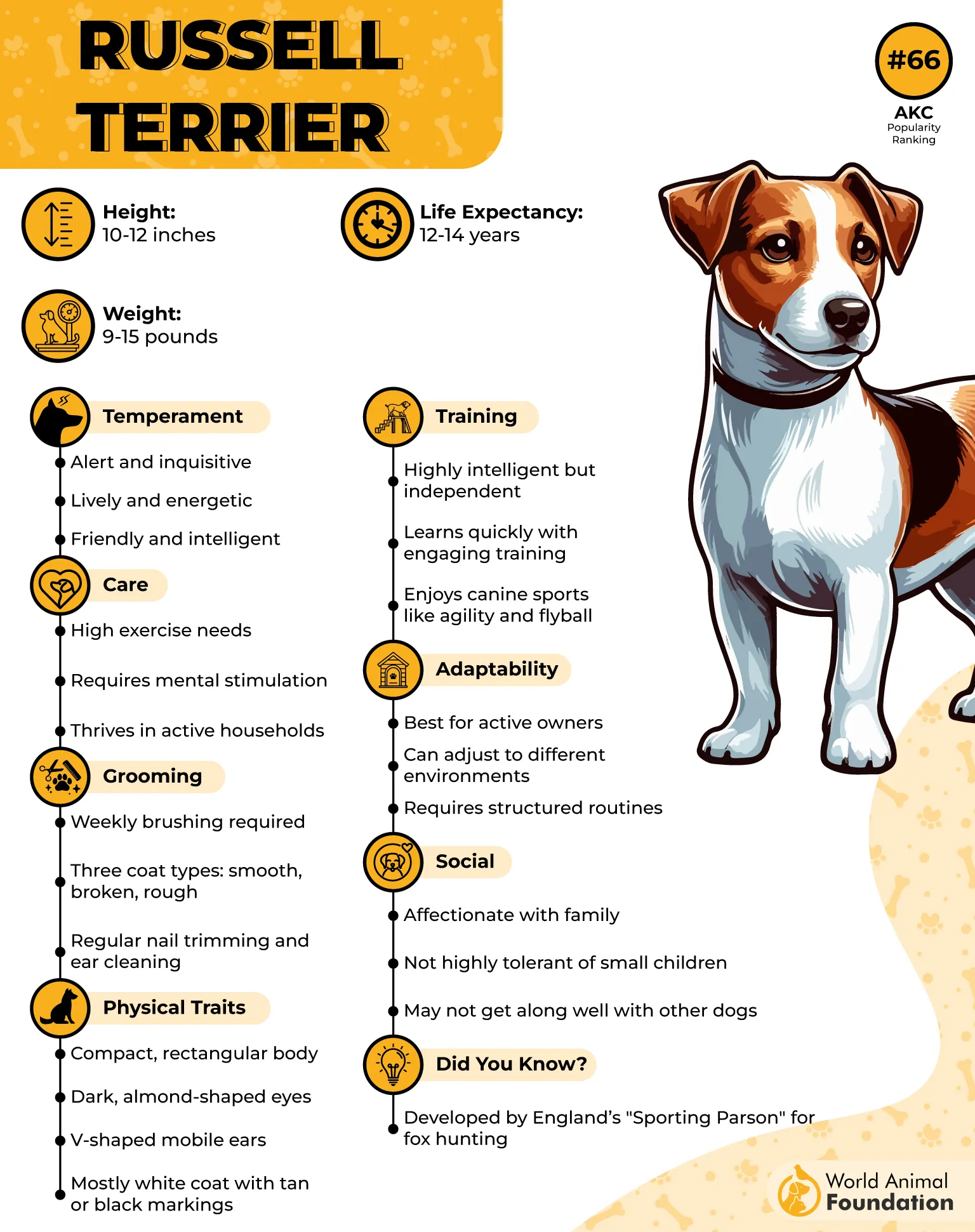
Teeth at Work, Mind in Motion
They often grip treats tightly between their teeth while scouting for a hiding spot. Shoes become attractive due to their familiar scent and easy access. Even toys or chews might disappear into slippers, all part of their resourceful and slightly sneaky tendencies.
Connection to Their Humans’ Belongings
Their bond with humans often plays into their habit of hiding treats in personal items. Whether it’s socks, shoes, or other scent-marked things, Jack Russells find comfort in combining their treasures with what reminds them of their people, including when kids leave their sneakers around.
4. Miniature Poodle
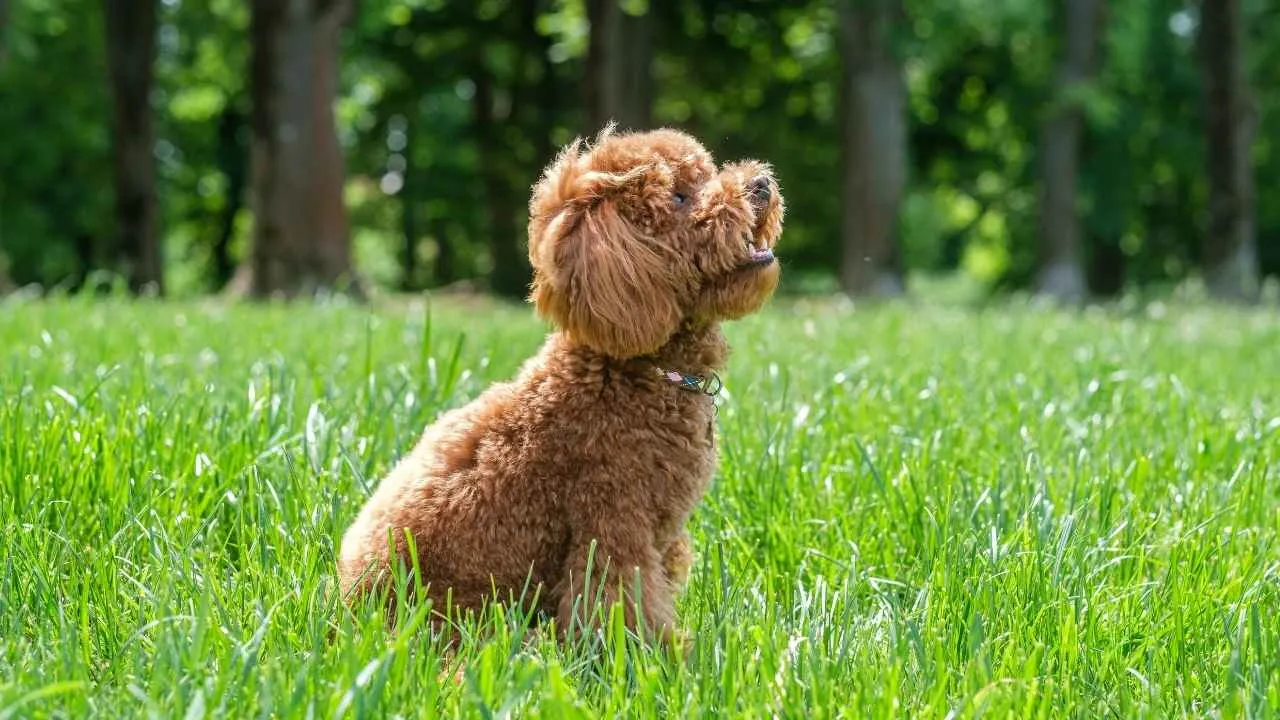
Miniature Poodles are wired to solve problems quickly and creatively. When given treats or toys, they instinctively search for hiding spots that feel just sneaky enough. A shoe on the floor becomes the perfect spot to stash something they’re proud to claim.
Hiding as Part of Mental Play
Because they crave stimulation, hiding treats often becomes a quiet activity they enjoy on their own. Many Miniature Poodles show this behavior more when their daily energy isn’t fully used. If toys or puzzles are limited, they naturally create their own games with what’s available.
Early Habits Strengthened by Training
Poodles respond well to routines, and their hiding behaviors can start from how they’re taught to value rewards. Consistent training can encourage some of these habits by turning food into an earned prize. Instead of chewing or hoarding, they store what feels earned.
Why Shoes Become a Storage Spot
The inner space of shoes offers the kind of scent-rich, tucked-away spot they instinctively seek out. Whether it’s the warmth, the fabric, or a familiar scent, they return to that space with surprising consistency. For a Poodle, it’s more than just convenience.
5. Pug
Did You Know: A group of Pugs is called a grumble, a term recognized by multiple dictionaries and often referenced by breed clubs and enthusiasts worldwide.
Pugs have a habit of stashing away treats like tiny collectors with a sweet tooth for chaos. Their love for squeezing into tight corners makes shoes an ideal snack spot. From slippers to sneakers, anything on the floor might become their next hiding place.
Obsessed with Familiar Scents
This small breed loves surrounding itself with familiar smells, which is why shoes make the perfect hiding place. The scent of their favorite person combined with a treat creates a cozy little treasure chest. Their hiding choices are less about logic and more about comfort.
Snack Savers, Not Just Snack Eaters
Pugs are known to save half a biscuit or carry around a treat for later. When they do, they often stash it in places where no one will think to check. Shoes, especially those left on the floor, turn into makeshift pantries for these food-loving clowns.
Habits That Start Young and Stick
From puppyhood, Pugs show early signs of hiding and guarding behaviors. As they grow, this turns into a full habit of sneaking treats into personal hideouts. It’s not about food aggression—it’s more like a quirky ritual that sticks with them through life.
6. Shih Tzu
The Shih Tzu is known for its alert and curious nature, often investigating anything within reach. Shoes quickly become targets when they catch an interesting scent or a dropped treat. This small dog quietly turns those hiding spots into personal snack drawers.
Loves to Tuck Away Small Items
They often hoard soft items like socks, chew treats, or even bits of kibble, sometimes placing them in corners or footwear. This behavior links to their instinct to protect what they value. For many Shih Tzus, a cozy shoe feels like the perfect storage place.
Routine-Based Hiding Behavior
This breed thrives on routine, and that includes where they hide things. You may find the same shoe repeatedly filled with the same type of treat. It’s a pattern they establish with time, creating their own little routine of stash and return.
Carpet-Like Coats and Floor-Level Focus
Their long hair brushes the floor as they move, naturally directing their attention to low spaces. That often leads them to discover overlooked corners, under-furniture gaps, and inside slippers. It’s a practical reason why treats end up there without much effort.
7. Pomeranian
Pomeranians are known to collect and store small items in quiet corners of the house. With their alert mind and sharp memories, shoes often become their chosen hiding spots. Treats tucked inside a boot or sneaker are usually part of their ongoing stash routine.
Always on the Lookout for “Treasure”
Their curious instincts push them to explore new textures and places throughout the day. They tend to stuff biscuits, chewies, or crumpled paper into slippers, treating the shoe like a mini storage den. What looks like a mess is actually a thought-out hiding plan.
Possessive Nature Fuels the Habit
This breed often develops strong attachments to its belongings and shows protective behavior toward hidden treats. Pomeranians will sometimes guard their shoe stash or check back repeatedly to make sure no one has touched it. That little bark means “stay away from my stuff.”
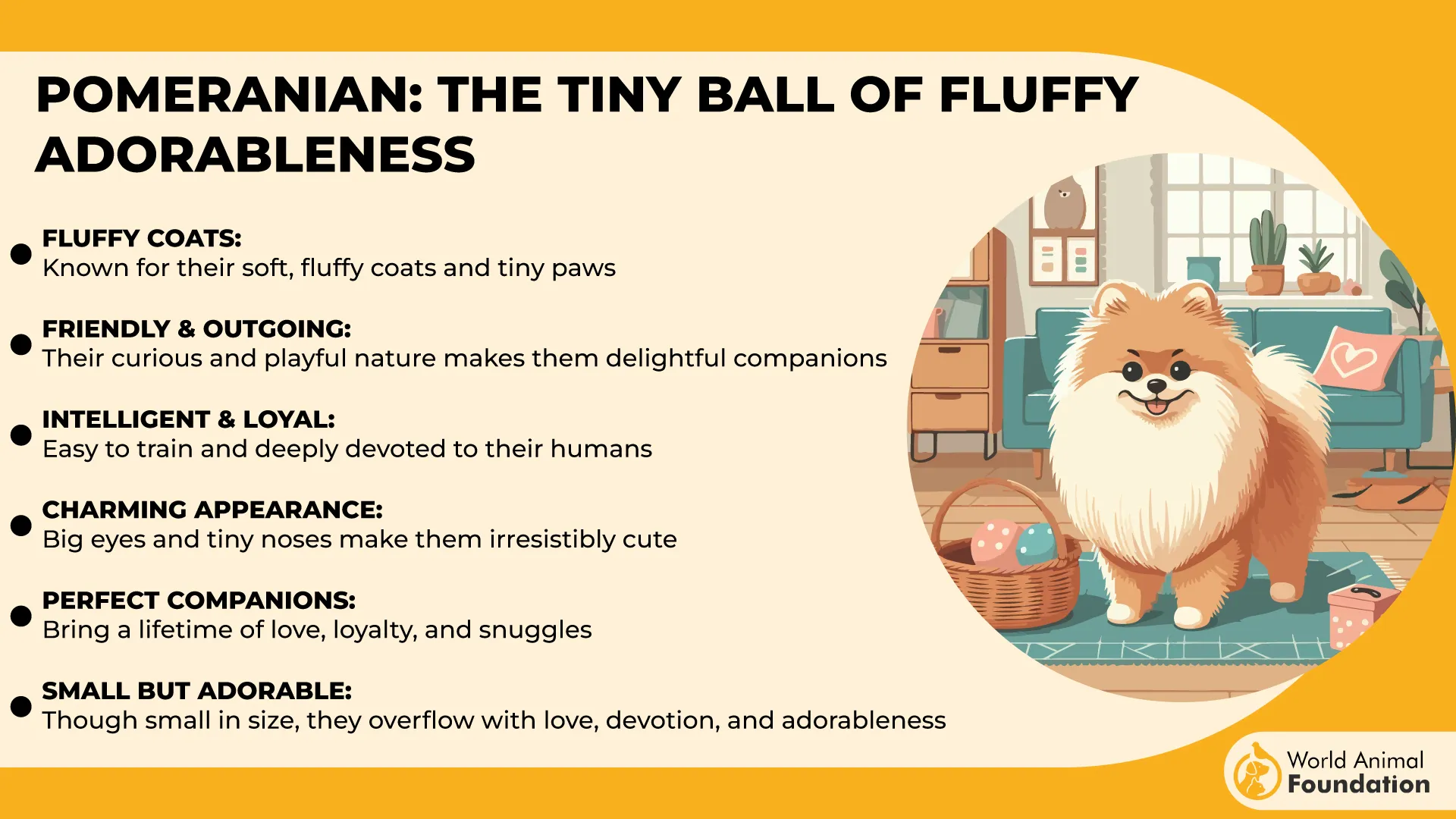
Learned Early and Reinforced Over Time
Even as young dogs, they explore with their mouths and paws, often dragging favored items to personal spots. If they find shoes cozy and undisturbed, it becomes a natural place to hide things. Over time, it’s no longer random — it’s routine.
8. Cavalier King Charles Spaniel
This breed has a quiet habit of stashing food and treats in soft, hidden places. Shoes, blankets, and even under pillows are favorite spots for these cozy collectors. Their soft mouth and delicate approach make the hiding process nearly undetectable until discovery.
Driven by Affection, Not Greed
Cavaliers often hide treats not to save them for later, but as part of a bonding behavior. Sometimes, they tuck things away near their owner’s scent, like shoes or beds. It’s a way they blend attachment with play, turning storing into a soft emotional habit.
Routine-Based Hiding Habits
Their behavior can be consistent and based on the time of day or the environment. Some owners notice the pattern, especially during alone time or just before resting. It becomes a comforting little ritual, especially if the house is quiet and undisturbed.
Stashing Starts Young and Stays Subtle
From early on, they show signs of hiding objects in corners or beneath soft materials. The behavior is subtle, often missed until a treat is accidentally stepped on. Over time, it becomes one of the small but personal quirks this breed is known for.
9. French Bulldog
French Bulldogs are naturally drawn to tight, cozy spaces. Shoes, in particular, become little dens where they love to hide treats, chews, or stolen snacks. Their small size lets them tuck things away neatly, leaving surprises for their unsuspecting owners.
Possessive with Treats and Toys
They form quick attachments to food and chewable items and often hide them rather than consume them right away. Slippers and sneakers tend to be favorite hiding spots when they feel like guarding a prized snack or bone from others in the house.
Sneaky Behavior Rooted in Routine
French Bulldogs are creatures of habit, and once they find a “stash spot,” they tend to reuse it. A particular shoe may become their go-to hideout after meals or during alone time. This behavior blends into their quiet personality, making it easy to overlook.
Mouthy but Not Destructive
They like to carry things in their mouth but don’t usually chew to destroy them. Instead, they nudge or push treats into corners, under cushions, or into footwear. This gentle hoarding shows how they interact with their space in a surprisingly thoughtful way.
Conclusion
Some dogs are chewers, others are hiders. The ones on this list fall into that second group, often turning your shoes into treat lockers. Whether it’s about keeping food safe or just part of their instinct, it’s a behavior that goes back to who they are.
From the way their ears perk up when they’re found out, to the way they look at you while sitting beside their stash, there’s always a story behind it. These small habits are worth noticing. If you want tips on how to handle it, just watch, observe, and stay patient.
Dogs aren’t trying to misbehave—they’re trying to talk. It’s their way of feeling in control, of keeping what they love close, and knowing they’ll receive it again.


